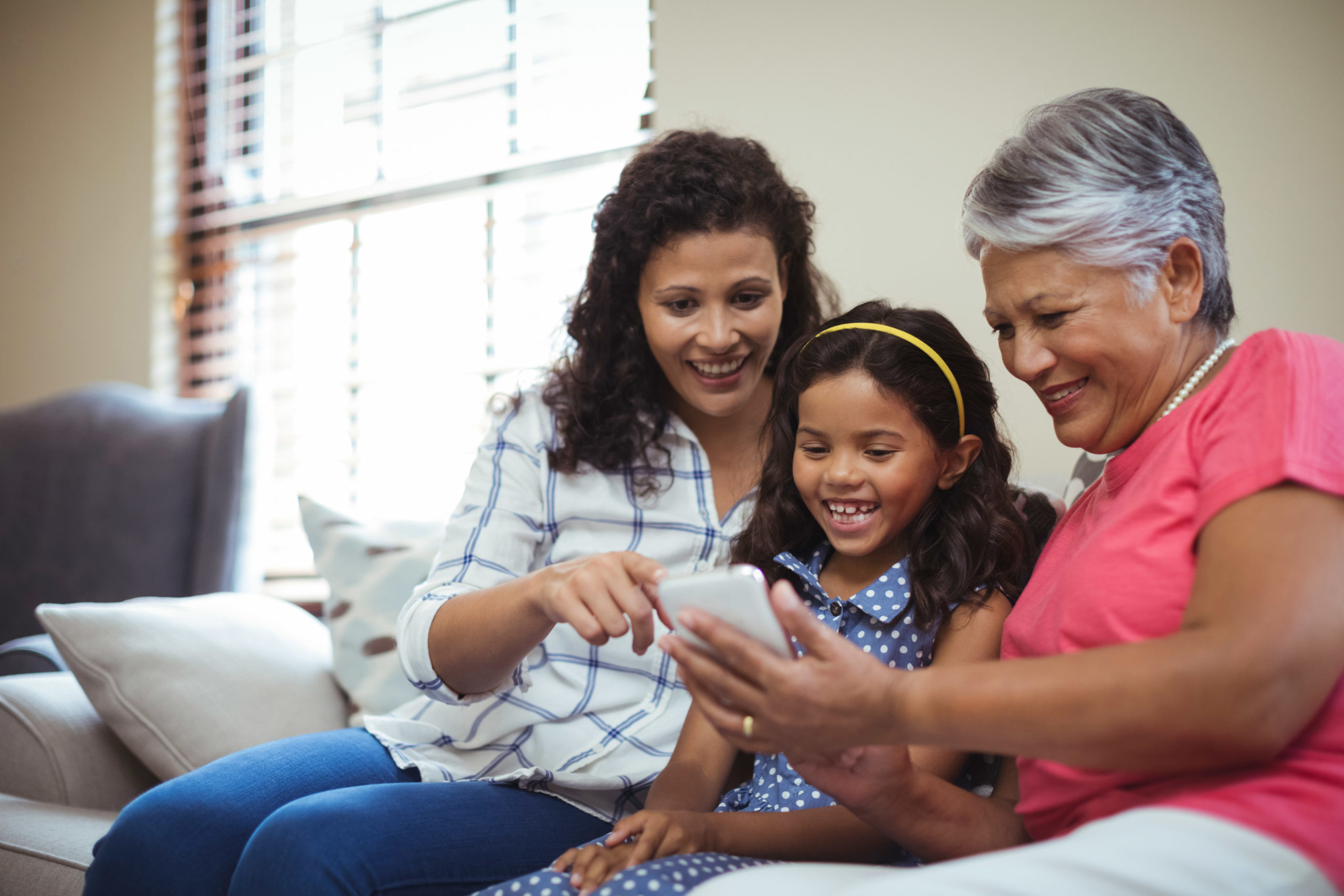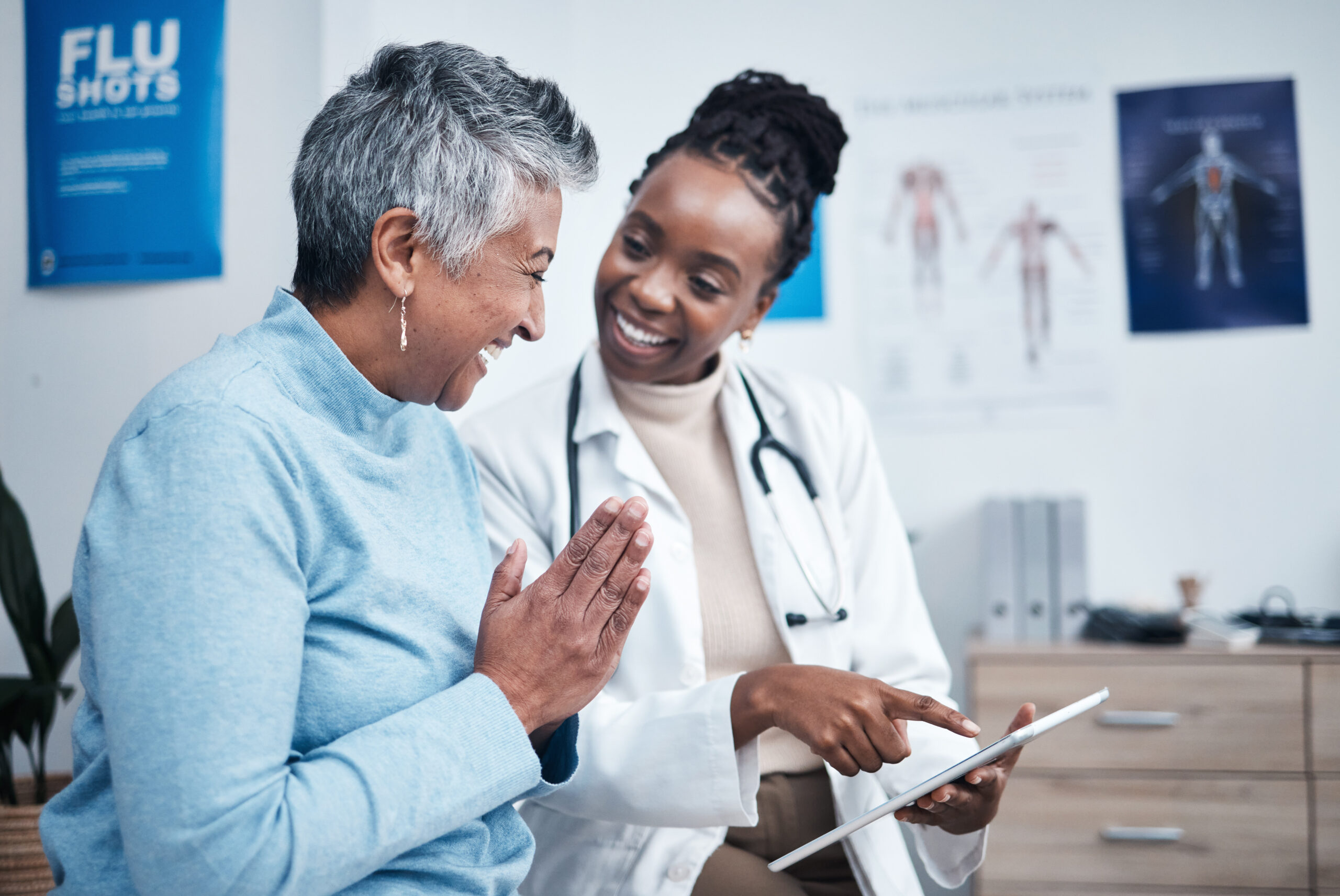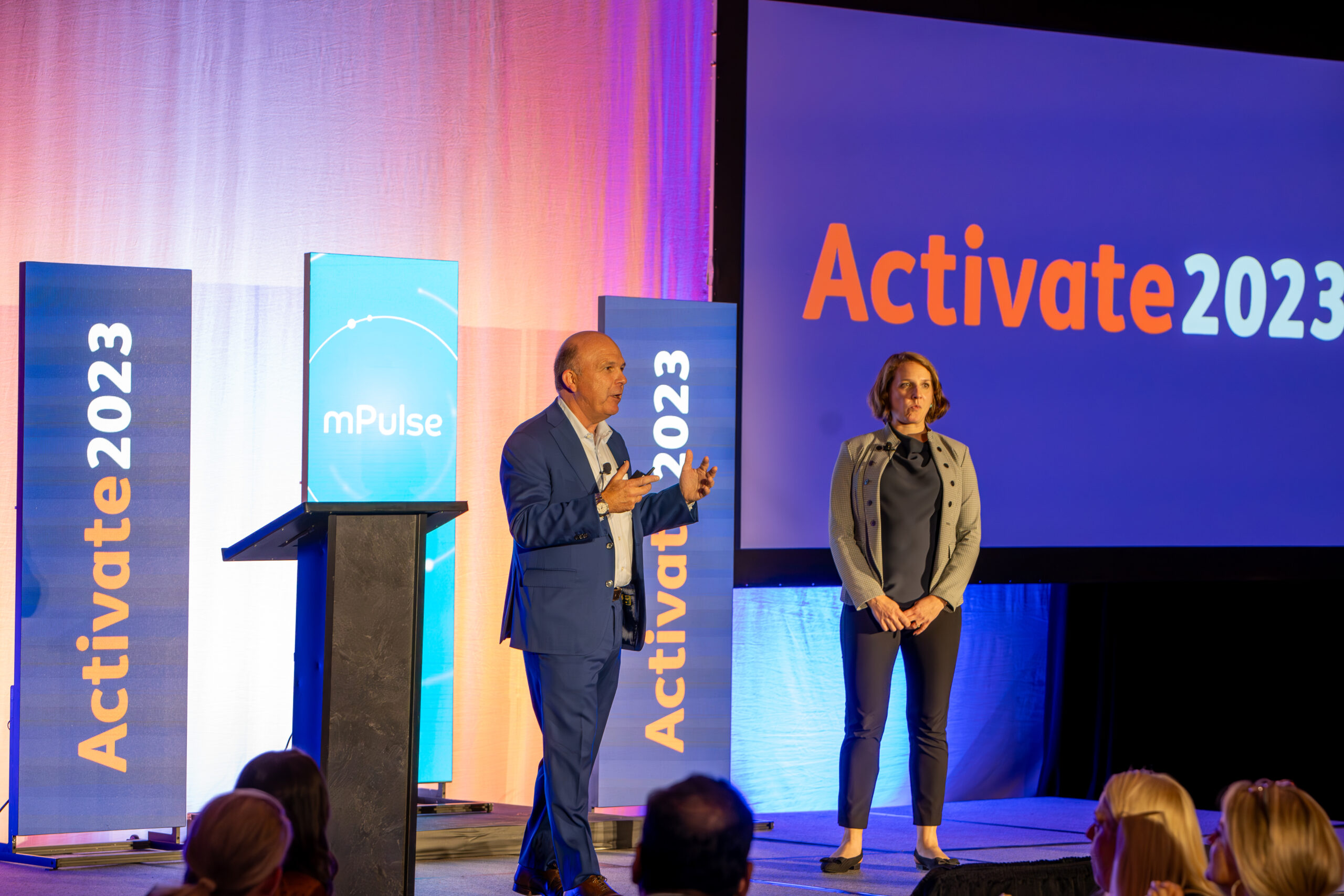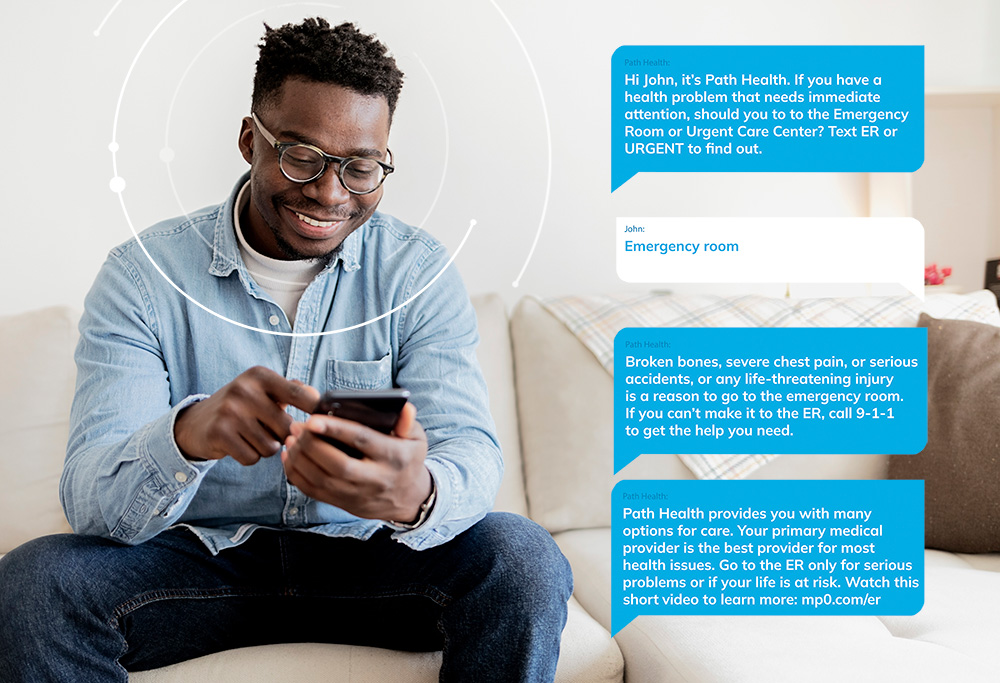We know that COVID-19 has amplified many underlying issues in healthcare and beyond. Health equity was already an important topic in healthcare, but COVID-19 has brought it into sharp focus as cases, hospitalizations, and deaths from the virus disproportionately impact disadvantaged groups. Technology use in delivering healthcare is another long-time trend catalyzed by the pandemic, as millions were left with virtual care as their only option for the first time. It seems apparent that these advances in technology use create the capacity to meet people where they are with information and care that is quickly and easily accessible. But it will take careful effort and consideration to ensure that access is improved for those that most need it in an inequitable system. And with new technology, there will also come new challenges and barriers that may not have existed in the past.
Understanding Technology Across Segments
At mPulse, we naturally look closely at technology adoption rates in healthcare’s most important populations. When we look at the disparities in technology use and access, they tend to line up with the negative outcomes we see in healthcare. Black and Hispanic communities have faced a disproportionately higher fatality rate than other races due to COVID-19 and suffer from higher rates of chronic conditions. The Pew Internet Research Center’s statistics show black and Hispanic communities more than twice as likely to be dependent on smart phones for internet access than white Americans. This means that they are more likely to rely on smartphones as their sole access to the internet, as opposed to a tablet, laptop, or desktop computer. Telehealth platforms that are optimized for desktop/laptop use and not mobile phones could disadvantage these groups disproportionately. Furthermore, populations who may not have access to stable and high-speed broadband in their homes would only be able to interact with telehealth that is mobile-optimized and can be supported on a cellular data connection.
Though smartphone dependency and internet access disproportionately impact minorities and low-income groups, mobile phone adoption presents an opportunity to connect hard-to-reach populations with tools and information to access and maintain their healthcare. Overall cellphone adoption rates in the US have converged across demographics, with Black, Hispanic, and white Americans equally likely to own a cellphone (over 96% of all adults do). So while internet and broadband-reliant technology may create new barriers hat must be overcome if telehealth is to become a long-term solution for improving access, engagement solutions that focus on cellphones have the potential to reach oft-neglected populations just as effectively as any other.
The role technology can plan to help address health disparities will be a key area covered by our keynote speaker – Dr. Gail Christopher- at our Activate 2020 virtual conference. Dr Christopher is the Chair of the Trust for America’s Health.
Language Barriers: A New Version of Old Challenges
Telehealth and virtual care in general must be able to support multicultural and multilingual populations effectively. According to a poll from the Associated Press-NORC Center for Public Affairs Research, “half of these Hispanic adults age 18 and older rely on family or another health care provider to help resolve language or cultural difficulties in the health care system, while more than a quarter have relied on a translator, public resources in their community, or online sources for assistance.” Understanding that language barriers in traditional care delivery may have been managed more than successfully bridged will be vital as systems and plans roll out new models. Beyond language, there can be significant cultural differences in attitudes and use of the healthcare system across populations. mPulse has seen in cases with several multi-cultural populations that tailoring content to account for language as well as culture can be just as important as tailoring based off of health status or age. In cases like the COVID-19 pandemic, where organizations need their entire populations to understand important prevention and system navigation information, closing gaps between language and cultural groups becomes critical. Configurable and engaging content that can be fully adapted to different languages or populations, such as the fotonovelas we’ve used with some of our customers are just one example of the effort required to get key information to people in these diverse populations equitably.
Preconceived Notions of Telehealth
Studies have shown Black and Hispanic communities may feel more uncomfortable interacting with health professionals via camera and having facial pictures taken – practices that are common in telehealth appointments. This discomfort could be a factor for low engagement, or appointment no-shows. So while these two communities are likely to be among the most at risk for negative health outcomes, if they do not feel comfortable engaging with their plan in the new virtual or telehealth environment, they may be a lot less likely to move forward or seek out care. Building trust becomes crucial. One of the advantages to the kinds of asynchronous and automated conversations that the mPulse platform supports is that the patient or member can engage on their own time and terms. Whether through solutions like ours, or other types of outreach, organizations should find opportunities to create meaningful touchpoints with the people they care for that do not initially require new technology navigation, app downloads, or unfamiliar forms of interaction. In fact, some of our leading plan partners have used mPulse as the primary means of driving awareness and adoption of their telehealth platforms. The key has been that members who are used to getting important and relevant engagement from our solutions about their benefits, medications, and preventive care, are being directed to telehealth by an established and trusted line of communication with their plan. Helping to meet members at their comfort level and introduce new technology with compassion and understanding will be vital to ensuring the widest access.
How can healthcare achieve the triple aim of managing cost, access and quality of care when it comes to virtual care and other new technologies? How can we embrace connected health and the power of the Internet of Things when smart device use is not embraced or even feasible across all populations? And how can technology create opportunities to solve disparities and inequities in healthcare? These questions will take a central role as we move toward an end of the pandemic and the healthcare system reckons with its long-term impact on how we deliver healthcare in the US. And while we can’t always expect definitive answers, being aware of challenges and watching for opportunities is the first step to making that impact as positive as humanly possible.












